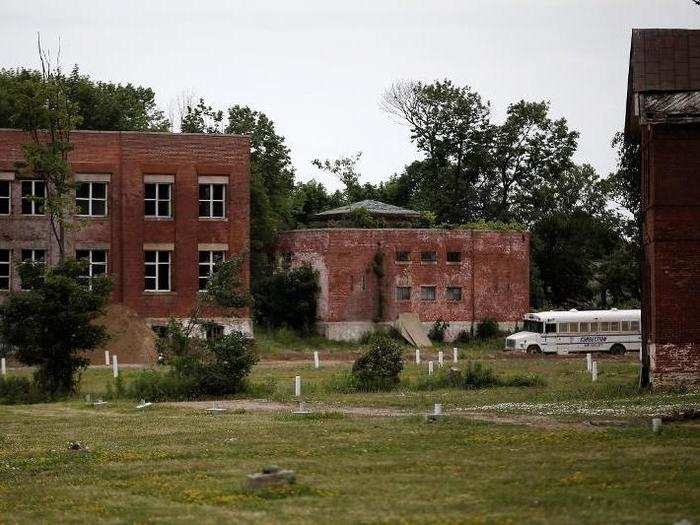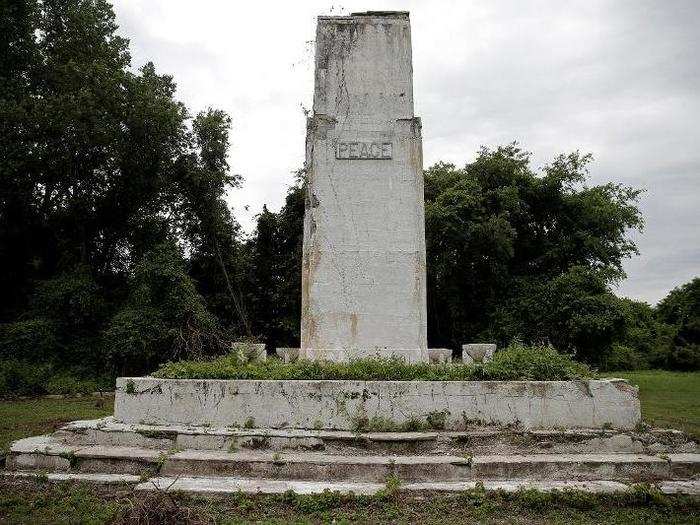Over 1 million unclaimed bodies are buried on a little-known island in New York City - here's the story behind the massive graveyard
New York City bought Hart Island in 1868.

It was turned into a cemetery in 1869. A prison on the island housed Confederate soldiers at the time.

Dilapidated buildings are reminders of the failed institutions that have been on the island at different times, including a halfway house, sanitarium, military camp, and missile base.

Source: New York Times
The island was originally intended for the burial of "strangers." After the Civil War, those considered "strangers" in New York City included African Americans, immigrants, and those who had died in the city's slums.

Today the cemetery is home to bodies that were never claimed at the morgue and that now belong to the city. There are also bodies that had been donated to science — most of which ended up in the potter's field due to sloppy record-keeping — in addition to stillborn babies, homeless people, and those whose families couldn't afford a proper burial.

Source: New York Times
Typical graves in a traditional cemetery are three-foot-by-seven-foot plots for a single body. However, in a mass graveyard, plots are a whopping 15 feet wide and eight feet deep, and are intended for multiple bodies.

Source: New York Times
Today, Rikers Island inmates are ferried back and forth and paid 50 cents an hour to bury pine coffins in the field.

Source: New York Times
Many of the older "gravestones" are completely unmarked, but the newer ones hold ID numbers for each coffin. The ID numbers, and names that are known, are kept in an online database that helps people find the bodies of relatives and friends.

There are a great deal of babies buried in potter's field. In 1995, for example, a New Yorker named MJ Adams couldn't afford a burial for her stillborn, so she donated the body to the city. The baby was buried on the island, but Adams wasn't informed of this by the hospital or the city for almost two decades because the child was listed under the wrong name in the city's records.

Source: NPR
Before 2015, families could not access the grounds because the city had security concerns. Following a class-action lawsuit last year, the city agreed to grant families monthly visits.

Families must be escorted by correctional officers and are not allowed to brings phones or any other photography aid. There's also a second ferry for the general public that travels to the island once a month, but it doesn't give access to the grave sites.

Source: NPR
Families who have relatives buried in New York's potter's field are still fighting to make the island a public park, but officials are resisting. As for now, visitations are still held monthly, and with heavy restrictions.

Popular Right Now
Popular Keywords
Advertisement
